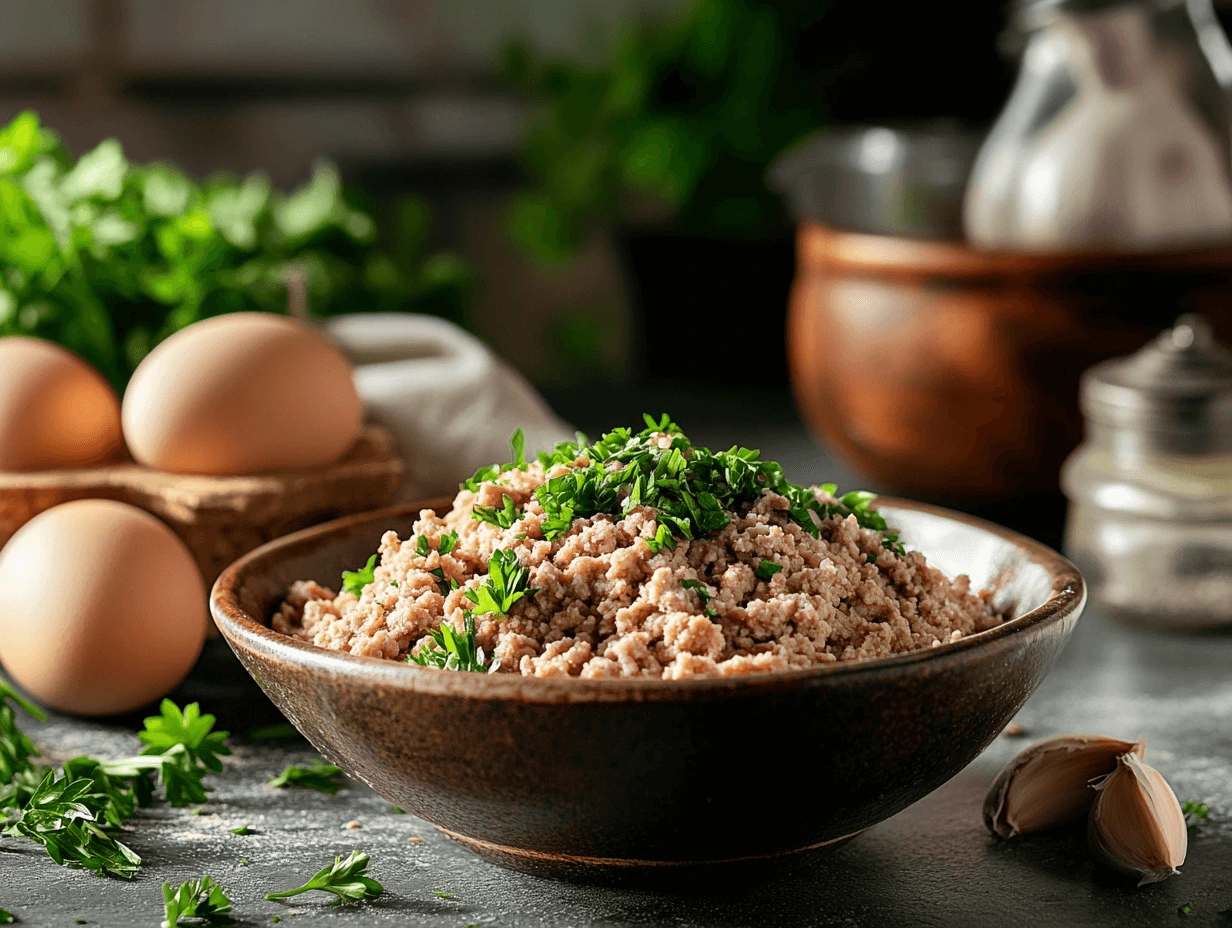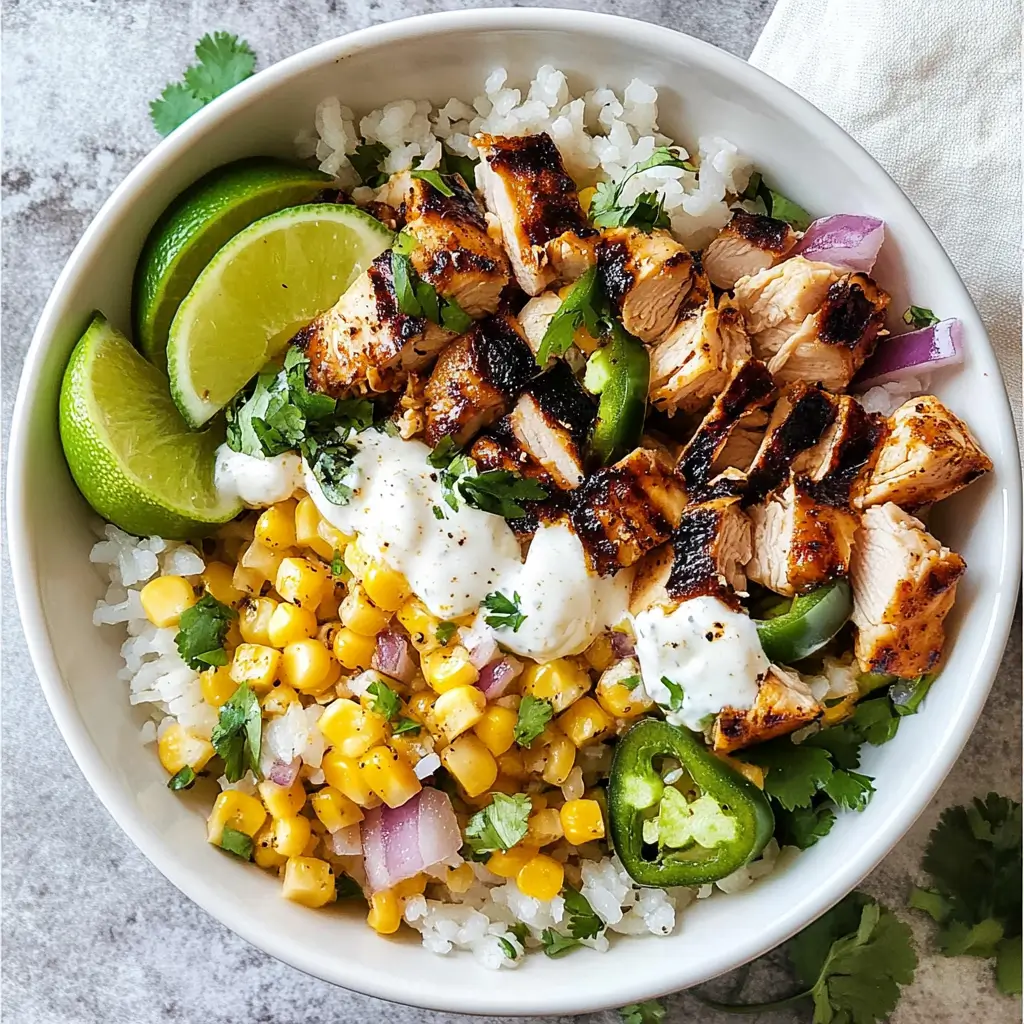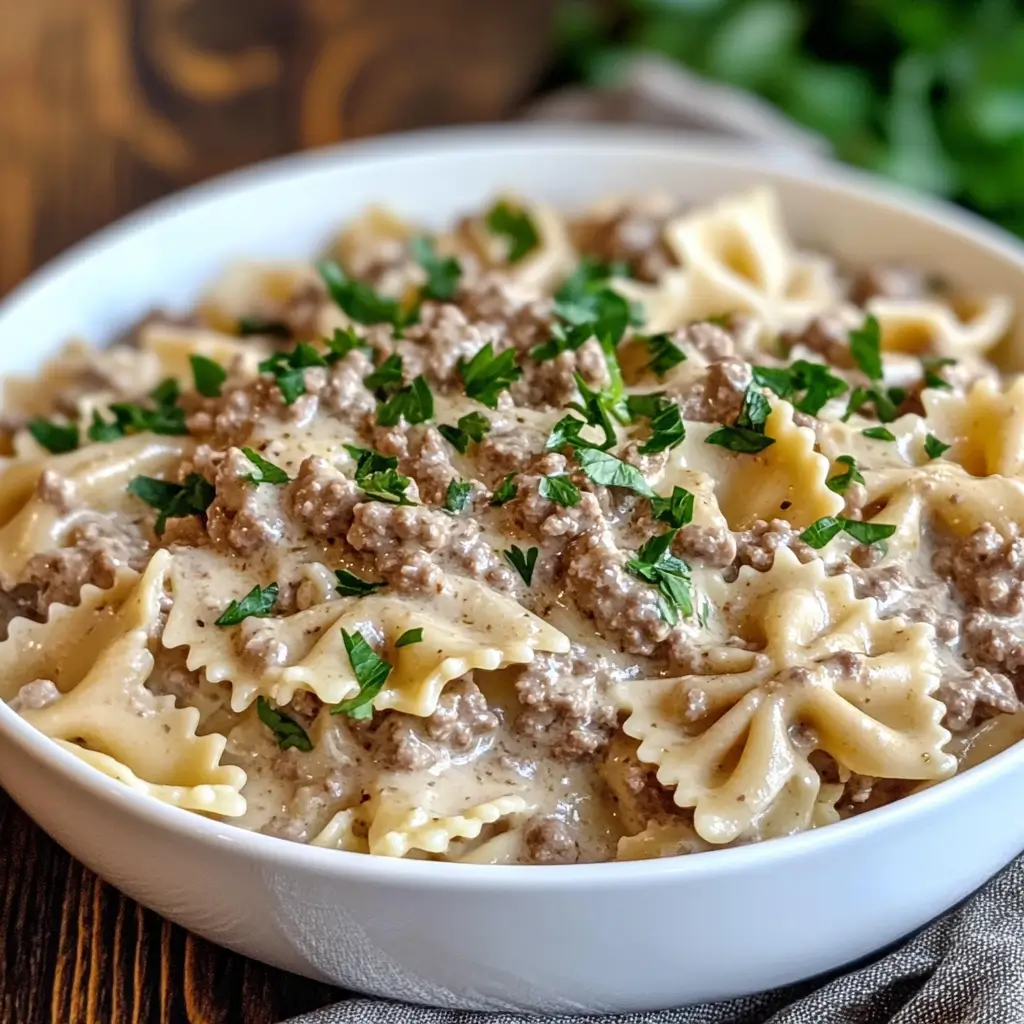Table of contents
Meatballs are a beloved dish worldwide, known for their versatility and comforting flavors. Whether you’re enjoying them in marinara sauce, creamy gravy, or spiced broths, one question often arises in the kitchen: Why would you add eggs when making meatballs? Eggs are a crucial ingredient that helps achieve the perfect texture, flavor, and structure in meatballs. Without them, your culinary creation might crumble or turn out dry. In this guide, we’ll explore the role of eggs, their importance, and tips to make your meatballs irresistible.
One ingredient that often comes to the rescue is eggs. But why exactly are eggs added to meatballs? Is it for flavor, texture, or something more scientific? This article will explore the crucial role eggs play in meatball recipes, debunk common myths, and provide practical tips for achieving that perfect bite.
Role of Eggs in Meatballs
Eggs play a multifaceted role in the creation of delicious and structurally sound meatballs. From holding the ingredients together to enhancing the overall texture, eggs are more than just a simple addition. Here, we explore three key functions they serve: binding, moisture retention, and flavor enhancement.
1. Binding Ingredients for Cohesiveness
One of the most significant challenges in making meatballs is ensuring they hold together while cooking. Without a proper binder, the meatball mixture might fall apart during frying, baking, or simmering. Eggs act as a natural glue, binding ingredients such as ground meat, breadcrumbs, herbs, and spices into a cohesive mixture.
This binding ability comes from the proteins found in eggs. When heated, these proteins coagulate, forming a solid structure that holds the meatball together. Whether you’re using beef, pork, chicken, or turkey, eggs ensure that all the components of the mixture stay intact throughout the cooking process.
2. Retaining Moisture for a Juicy Bite
Dry meatballs are a disappointment. The last thing you want is a dense, crumbly texture. Eggs help lock in moisture, giving meatballs a tender and juicy interior. The liquid content in eggs contributes to the overall hydration of the mixture, which is particularly important if the recipe includes dry ingredients like breadcrumbs or grated cheese.
Egg yolks, in particular, are rich in fats that add a luxurious richness to the meatballs, elevating their taste and texture. This moisture-retaining property ensures that your meatballs stay succulent even after extended cooking times, whether in the oven or simmering in sauce.
3. Adding Flavor and Richness
While eggs are not typically thought of as a primary flavoring ingredient, they subtly enhance the overall taste of meatballs. The rich yolks contribute a mild, savory flavor that complements the other ingredients without overpowering them.
In recipes where the seasoning takes center stage—such as Italian-style meatballs with garlic, parsley, and Parmesan—eggs act as a neutral base, harmonizing the flavors. Even in simpler recipes, the natural umami from eggs can make a noticeable difference.
How Eggs Act as a Binding Agent
The magic of eggs in meatball recipes lies in their chemistry. Understanding how eggs work as a binder will not only make you a better cook but will also allow you to adapt recipes to suit different needs and preferences.
1. The Science Behind Binding Proteins
Eggs are rich in proteins, and these proteins undergo a transformation when exposed to heat. When you cook meatballs, the proteins in the egg denature (unravel) and then coagulate (solidify). This process creates a stable network that binds the other ingredients together, preventing them from separating.
In addition to binding proteins, the egg whites contribute a slightly gelatinous quality that further enhances cohesion. This dual action—solidifying and gelling—makes eggs uniquely suited to the role of a binder.
2. Eggs vs. Other Binders
While eggs are a common binder in meatball recipes, they are not the only option. Breadcrumbs, milk, and even grated vegetables like zucchini can also serve as binders. However, these alternatives often work best when combined with eggs, as they rely on the egg’s proteins for structure.
For example, breadcrumbs absorb moisture from the egg and meat mixture, creating a paste-like consistency that helps hold the meatballs together. Similarly, milk can add moisture, but without eggs, the mixture may lack the structural integrity needed for cooking.
3. The Role of Egg Yolks vs. Egg Whites
Both the yolk and the white of an egg contribute to the binding process, but in slightly different ways.
- Egg Yolks: Rich in fats, yolks provide moisture and flavor. They are also more elastic than whites, making them an excellent ingredient for maintaining tenderness in meatballs.
- Egg Whites: High in proteins, whites play a crucial role in firming up the meatball mixture as it cooks. However, using too many whites without enough yolks can result in a drier texture.
Balancing the ratio of yolks to whites is essential for achieving the perfect meatball consistency.
Achieving the Ideal Texture with Eggs
Adding eggs to meatballs requires precision. Too little egg, and the mixture won’t hold together. Too much, and the meatballs may become overly dense or rubbery. Here’s how to strike the perfect balance.
1. Proportions: How Much Egg to Use
A common rule of thumb is to use one egg per pound of meat. This ratio works well for most recipes, providing enough binding power without overwhelming the other ingredients.
For larger batches, you can adjust accordingly, but it’s important not to overdo it. The egg should complement the meat and other ingredients rather than dominate the mixture.
2. Avoiding Overuse: Common Pitfalls
Adding too many eggs can lead to several problems:
- Rubbery Texture: Overbinding can result in meatballs that are too firm and bouncy.
- Dominant Egg Flavor: Excessive eggs can overshadow the spices and herbs in the recipe.
- Soggy Mixture: Too much liquid from the eggs can make the meatball mixture difficult to shape.
To avoid these issues, measure your ingredients carefully and follow tested recipes.
000000000000000000000000000000000000000000000000000
3. Adapting Recipes for Dietary Preferences
For individuals who avoid eggs due to allergies or dietary restrictions, there are plenty of substitutes that can mimic the binding properties of eggs. These include:
- Flaxseed Meal: Mix one tablespoon of flaxseed meal with three tablespoons of water to create a gel-like consistency.
- Chia Seeds: Similar to flaxseeds, chia seeds can be soaked in water to form a binding agent.
- Aquafaba: The liquid from a can of chickpeas is an excellent egg substitute, especially for vegan recipes.
By experimenting with these alternatives, you can enjoy egg-free meatballs without compromising on taste or texture.
Variations and Substitutes for Eggs in Meatballs

While eggs are a traditional ingredient in most meatball recipes, they aren’t strictly necessary. For those with dietary restrictions or who wish to experiment with different textures and flavors, there are plenty of viable alternatives. Let’s explore some of the most popular egg substitutes and variations from global cuisines.
1. Vegetarian and Vegan Alternatives to Eggs
Egg substitutes are particularly useful for those following vegan diets or with egg allergies. Many alternatives can provide similar binding and moisture-retaining properties.
- Flaxseed Meal: A staple in vegan cooking, flaxseed meal mixed with water creates a gel-like substance that binds ingredients effectively. The ratio is one tablespoon of flaxseed meal to three tablespoons of water. Allow the mixture to sit for five minutes before incorporating it into the meatball mix.
- Chia Seeds: Chia seeds work similarly to flaxseeds. When soaked in water, they form a gel that mimics the binding qualities of eggs.
- Aquafaba: The liquid from canned chickpeas is a surprising yet effective egg substitute. Three tablespoons of aquafaba equal one egg. It not only binds but also adds a subtle creaminess to the texture.
- Mashed Potatoes: Mashed potatoes can add moisture and binding power, making them an excellent option for egg-free recipes. They are particularly popular in Eastern European meatball recipes.
2. Regional Recipes That Don’t Use Eggs
Many traditional meatball recipes from around the world forgo eggs entirely, relying on other ingredients for binding and flavor.
- Middle Eastern Kofta: These spiced meatballs are often made without eggs. Instead, the mixture relies on finely ground meat and a balance of spices, breadcrumbs, and sometimes yogurt to hold the shape.
- Asian Pork Meatballs: In many Asian cuisines, starches like cornstarch or tapioca are used to bind meatballs, providing a silky texture.
- Greek Keftedes: These herb-packed meatballs sometimes use grated onion and bread soaked in milk as the primary binding agents, eliminating the need for eggs.
3. Pros and Cons of Using Substitutes
While substitutes can work beautifully in many recipes, they may not replicate the exact texture and flavor that eggs provide. Here’s a quick comparison:
| Substitute | Pros | Cons |
|---|---|---|
| Flaxseed/Chia Seeds | Vegan-friendly, easy to prepare | Adds a slightly nutty flavor |
| Aquafaba | Neutral taste, good for moisture | May require trial and error for texture |
| Mashed Potatoes | Adds richness and moisture | Can make mixture too dense |
| Bread Soaked in Milk | Common in many recipes, great texture | Not suitable for dairy-free diets |
Common Myths About Eggs in Meatballs
Eggs are often surrounded by culinary myths that can confuse even experienced cooks. Let’s tackle some of the most common misconceptions about their role in meatballs.
1. “Eggs Make Meatballs Spongy”
This myth stems from a misunderstanding of proportions. Eggs don’t inherently make meatballs spongy; rather, using too many eggs relative to the amount of meat can lead to an overly soft texture. To avoid this, stick to the recommended ratio of one egg per pound of meat.
2. “Only Egg Whites Are Needed”
Some believe that using only egg whites will yield a better texture. While egg whites are crucial for binding, they lack the richness that yolks provide. Removing yolks can result in drier meatballs, so it’s better to use the whole egg unless the recipe specifically calls for whites only.
3. “Eggs Add Too Much Flavor”
While eggs do contribute a mild richness, they are not a dominant flavor in meatball recipes. The herbs, spices, and seasonings you use will determine the overall taste. If you’re noticing an “eggy” flavor, it’s likely because too many eggs have been used.
Practical Tips for Adding Eggs to Meatballs
Adding eggs to meatball mixtures may seem straightforward, but a few tricks can elevate your cooking and help you avoid common pitfalls.
1. Best Practices for Mixing
- Start with Beaten Eggs: Instead of cracking eggs directly into the meat mixture, beat them lightly in a separate bowl. This ensures even distribution throughout the mixture.
- Combine Wet and Dry Ingredients Separately: Mix breadcrumbs, herbs, and spices with eggs before adding them to the meat. This helps distribute the flavors more evenly.
- Don’t Overmix: Overworking the mixture can lead to tough meatballs. Mix just until combined for the best texture.
2. Troubleshooting Common Issues
- Too Sticky: If your mixture is too wet to shape, add breadcrumbs or grated cheese gradually until it reaches a workable consistency.
- Cracking During Cooking: This often happens if the mixture is too dry. Add a splash of milk or an extra egg to restore moisture.
- Falling Apart: If your meatballs fall apart, it’s likely due to insufficient binding. Double-check the egg ratio or consider adding a small amount of flour.
3. Ideal Recipes for Beginners
If you’re new to making meatballs, start with a simple recipe that uses eggs as the primary binder. For example:
Classic Meatball Recipe:
- 1 pound ground beef or pork
- 1/2 cup breadcrumbs
- 1/4 cup grated Parmesan cheese
- 1 egg, beaten
- 2 tablespoons chopped parsley
- 1 teaspoon garlic powder
- Salt and pepper to taste
00000000000000000000000000000000000000000000000
Mix all ingredients gently, shape into balls, and cook using your preferred method (baking, frying, or simmering in sauce).
Frequently Asked Questions

1. Can I make meatballs without eggs?
Yes, you can use alternatives like flaxseed meal, chia seeds, or soaked bread. Keep in mind that the texture might change slightly based on the substitute used.
2. How many eggs should I use for meatballs?
The standard guideline is to use one egg for every pound of meat. For bigger recipes, you can increase the amount while maintaining the same ratio.
3. What happens if I use too many eggs?
Using too many eggs can make the meatballs overly soft and difficult to shape. They may also take on an eggy flavor.
4. Can I freeze meatballs with eggs in them?
Yes, cooked or uncooked meatballs can be frozen. Eggs don’t affect the freezing process and help maintain the structure when thawed.
5. Are there any egg-free meatball recipes?
Absolutely! Many cultures use egg-free recipes, substituting with bread, potatoes, or starches for binding.
6. Why do some recipes call for only yolks or whites?
Some recipes may call for yolks to enhance richness or whites to improve binding. However, using whole eggs is the most common approach.
Conclusion
Eggs are a powerhouse ingredient in meatball recipes, providing essential binding, moisture, and flavor. Whether you’re crafting Italian classics, Asian-style pork balls, or experimenting with vegan substitutes, understanding the role of eggs will help you achieve culinary perfection. By following the tips and techniques outlined in this article, you can elevate your meatball game and create a dish that’s as satisfying as it is versatile.





